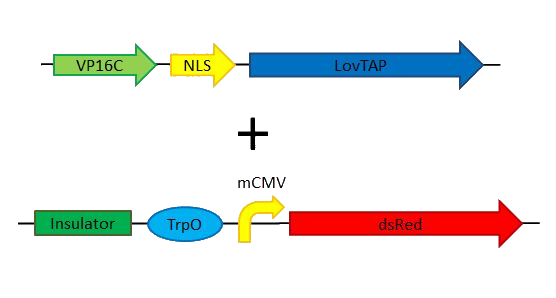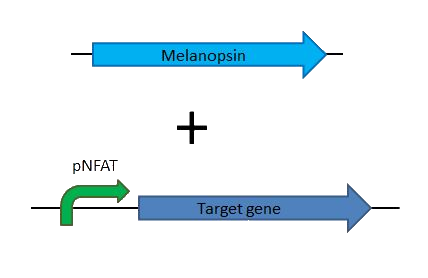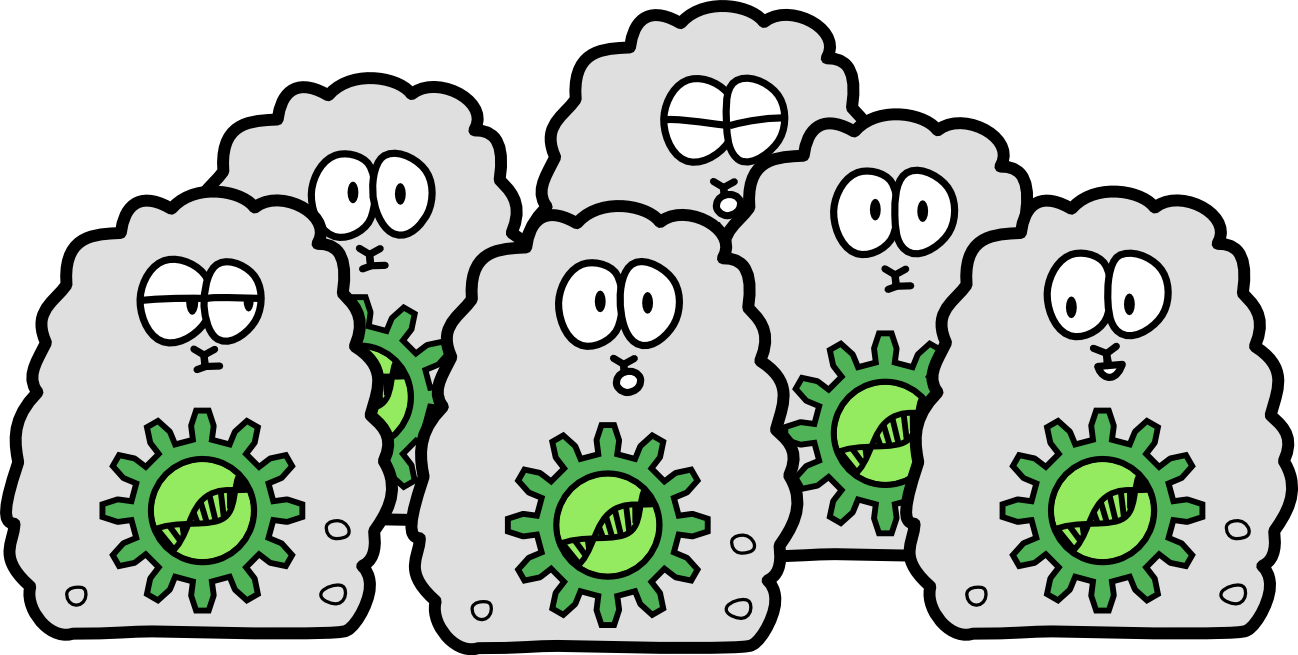Our parts
We managed to submit 3 new and characterized parts that will give other teams the possibility to reproduce our experiments with both the switches we tested.
The melanopsin coding gene will allow to use the more complex switch, by just cloning melanopsin into a mammalian vector and cloning a readout gene (fluorescent protein, quantitatively measurable protein) into the commercially available mammalian vector pGL4.30 containing pNFAT, the promoter activated by presence of NFAT which is the outcome of the calcium channel mediated pathway.
We also submitted our favorite parts, which are a mammalian LovTAP-VP16 and a composite readout system build to respond to LovTAP-VP16 activation. Both parts only need cloning into a mammalian vector to be ready for transfection.
<groupparts>iGEM012 EPF-Lausanne</groupparts>
How to use
1) Cloning:
First clone the part into a mammalian expression vector such as pcDNA3.1(+) or pCEP4. These are the two main expression vectors we used. To use the melanopsin pathway, you also need to clone any gene you want to express into the mammalian vector pGL4.30.
2) Choose your switch:
- Simple switch = LovTAP-VP16 + LovTAP readout
- Complex switch = Melanopsin + pNFAT-target gene
3) Transfection:
Co-transfect the combination of photoreceptive protein and readout construct of your choice in mammalian cells!
 "
"



